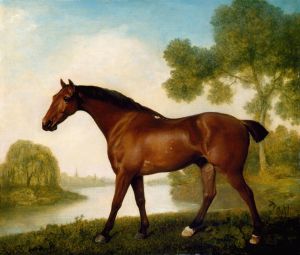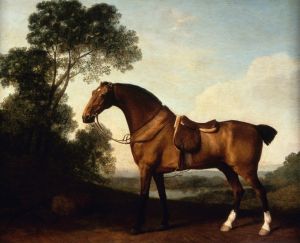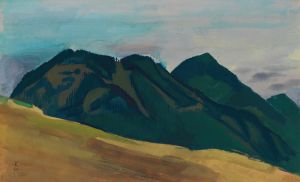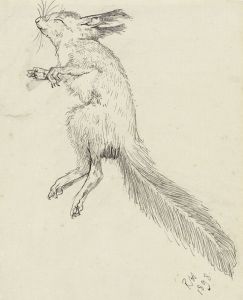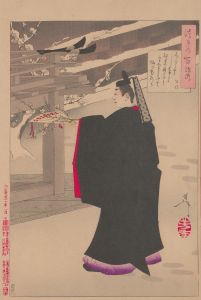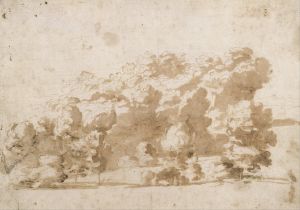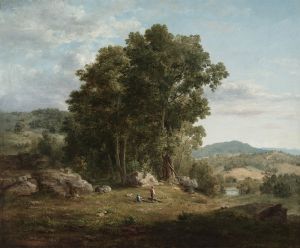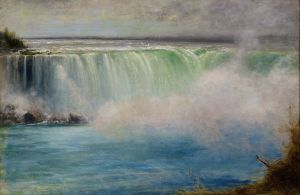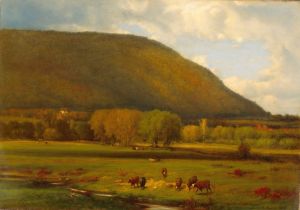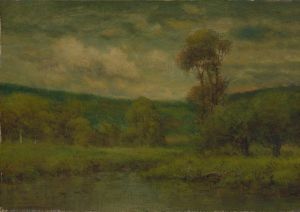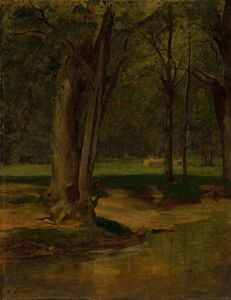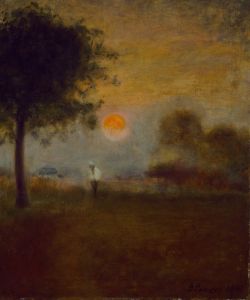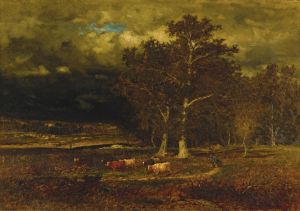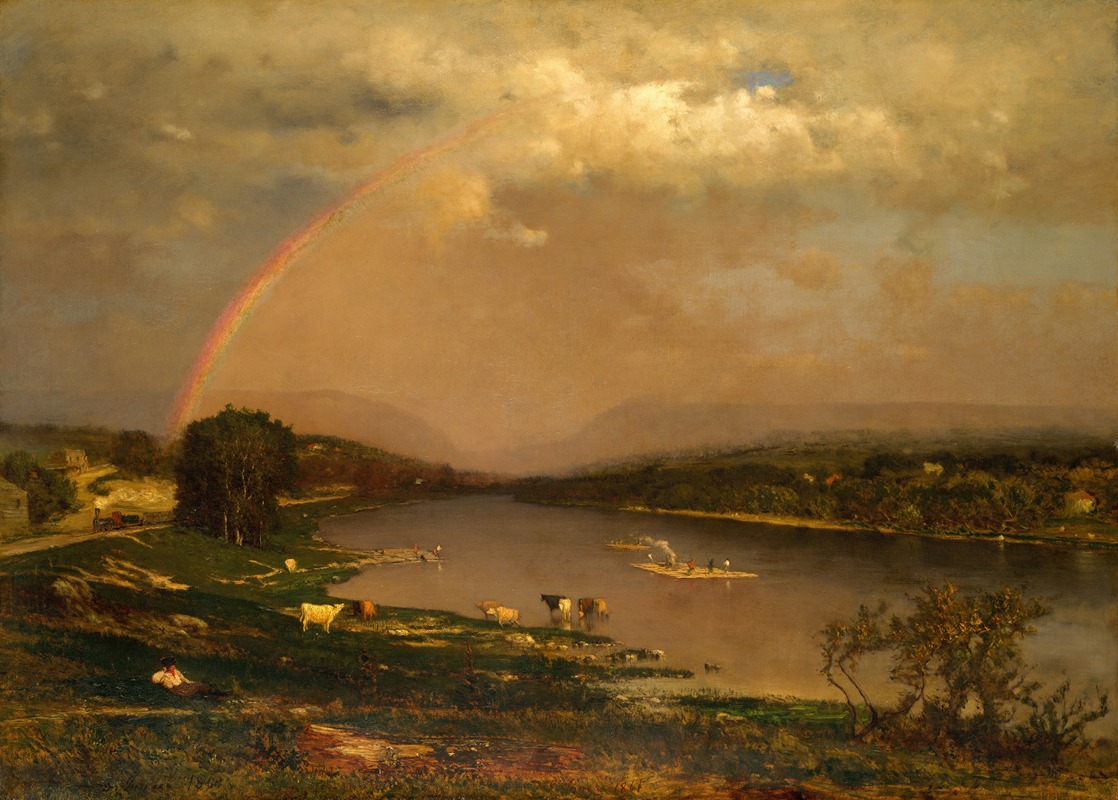
Delaware Water Gap
A hand-painted replica of George Inness’s masterpiece Delaware Water Gap, meticulously crafted by professional artists to capture the true essence of the original. Each piece is created with museum-quality canvas and rare mineral pigments, carefully painted by experienced artists with delicate brushstrokes and rich, layered colors to perfectly recreate the texture of the original artwork. Unlike machine-printed reproductions, this hand-painted version brings the painting to life, infused with the artist’s emotions and skill in every stroke. Whether for personal collection or home decoration, it instantly elevates the artistic atmosphere of any space.
"Delaware Water Gap" is a painting by the American landscape artist George Inness, completed in 1861. George Inness, born in 1825, is often regarded as one of the most influential American artists of the 19th century, known for his evocative landscapes that blend realism with a more expressive, atmospheric quality. Inness was a prominent figure in the Hudson River School, a mid-19th century American art movement embodied by a group of landscape painters whose aesthetic vision was influenced by romanticism.
The painting "Delaware Water Gap" depicts the scenic Delaware Water Gap, a natural geological feature formed by the Delaware River cutting through a large ridge of the Appalachian Mountains. This area, located on the border between New Jersey and Pennsylvania, has long been celebrated for its picturesque beauty and has been a popular subject for artists and tourists alike.
Inness's depiction of the Delaware Water Gap is characteristic of his mature style, which often focused on capturing the mood and atmosphere of a scene rather than just its topographical details. The painting showcases his skillful use of color and light to create a sense of depth and tranquility. Inness was known for his ability to convey the spiritual and emotional essence of a landscape, and "Delaware Water Gap" is a prime example of this approach.
The painting reflects Inness's transition from the detailed realism of his early work to a more expressive and atmospheric style. This shift was influenced by his exposure to the Barbizon School during his travels in Europe, particularly in France. The Barbizon School emphasized the importance of painting en plein air (outdoors) and capturing the transient effects of light and atmosphere, which became central elements in Inness's work.
In "Delaware Water Gap," Inness employs a soft, diffused light that bathes the landscape in a warm glow, creating a serene and harmonious composition. The painting's composition leads the viewer's eye through the scene, from the foreground's lush greenery to the distant mountains, emphasizing the vastness and majesty of the natural world.
Throughout his career, Inness was deeply interested in the philosophical and spiritual dimensions of art. He was influenced by the writings of Emanuel Swedenborg, a Swedish theologian and mystic, whose ideas about the interconnectedness of the natural and spiritual worlds resonated with Inness. This philosophical perspective is often reflected in Inness's landscapes, which seek to evoke a sense of the divine presence in nature.
"Delaware Water Gap" is housed in the collection of the National Gallery of Art in Washington, D.C. It remains an important work within Inness's oeuvre and a significant example of American landscape painting from the 19th century. The painting continues to be appreciated for its artistic merit and its ability to convey the beauty and spiritual resonance of the American landscape.





